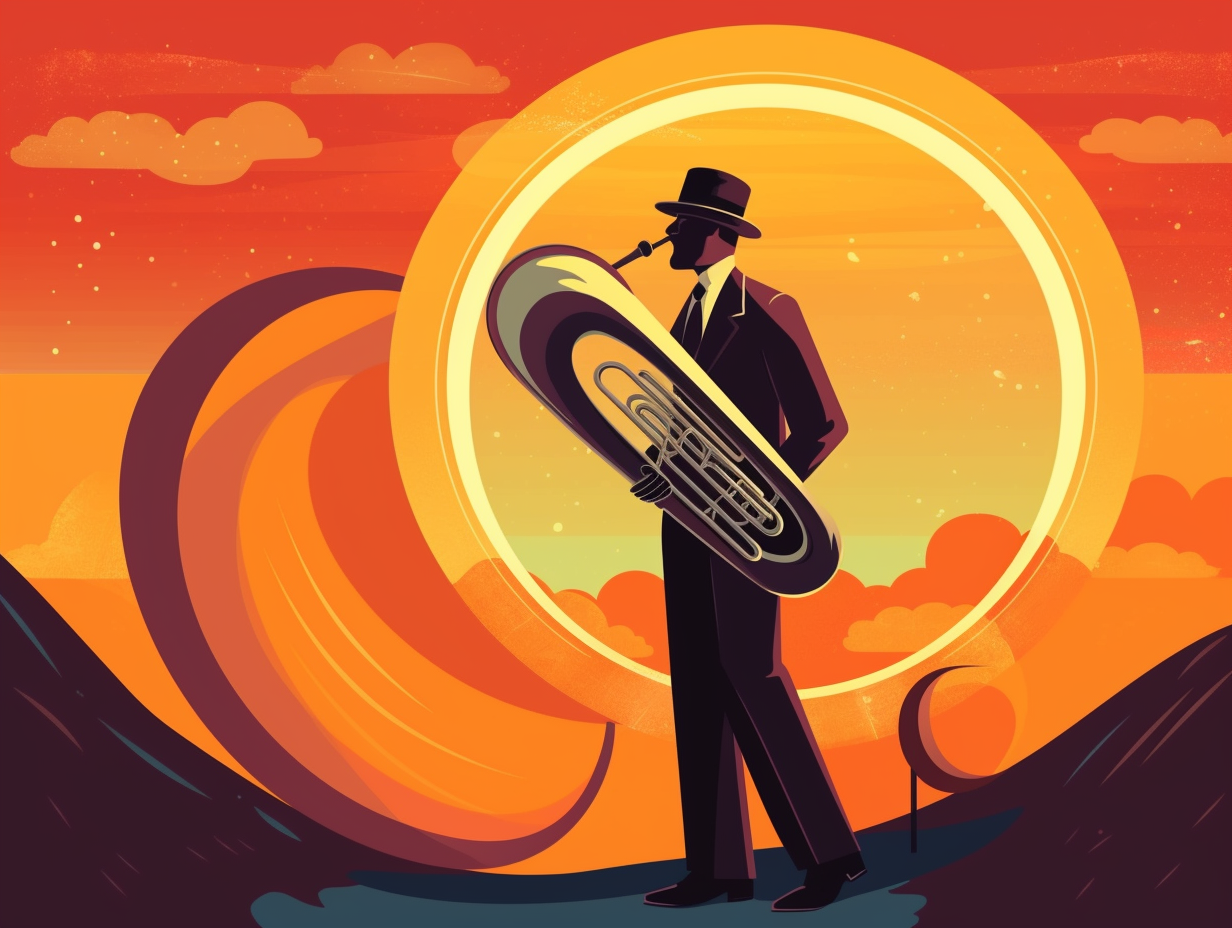Striking a Chord: Top 11 Fun Facts About the Violin You Never Knew!

1. Gut Feeling: A Sheepish Origin of Violin Strings
Who needs the gut feeling in mystery novels when violins had gut strings all along? Sheep intestines, meet musical delicacy: Violins initially used gut strings, which were made from sheep intestines, for that warm, rich sound. But then along came steel strings, easier to maintain and giving violins a brighter, clearer sound. And now, we even have synthetic strings trying to capture the best of both worlds. Violin strings: a tale as old as gut!
Source => phamoxmusic.com
2. Evolution's F-avorite: The Power of F-Holes
Whoever said "don't fix what ain't broke" never met the violin's F-holes, where evolution met the Elle Woods of soundhole design: The F-hole, an acoustic sorority sister bending and snapping to low frequency excellence. Now for the grand crescendo: The modern F-hole design has a whopping 4.5 dB higher radiating power than a circular opening of the same area, all thanks to its metamorphosis from circular soundholes to the fashionable F-shape, striking a chord with power efficiency.
Source => taflab.berkeley.edu

Did you know that the superhero of the cello world, Antonio Stradivari, revolutionized the instrument's design in the 18th century? Discover how his Midas touch changed classical music forever!
=> Fun Facts about The-Cello
3. Horsehair Heist: The Reality Behind Violin Bows
Contrary to fiddle folklore, violin bows don't involve midnight heists to collect gracefully arching hairs from the tails of the finest equine concert-goers, no matter how well-tressed they may be: Instead, violin bows demand careful selection and sorting of prime horsehair, and boast between 150 and 200 individual strands coated with rosin, attached to pernambuco or carbon fiber shafts, held in place by a stylish "frog" fashioned from materials like ebony and mother of pearl, and adorned with a grip made of nickel, silver, or gold.
Source => enotes.com
4. David Edwards: Maestro of Miniature Masterpieces
When Honey, I Shrunk the Orchestra met Strictly Dollhouse: David Edwards, the former cellist who became the wizard of wee with his jaw-dropping 1.5-inch-long violin, all while conquering the miniatures market and slicing down everyday items like thread bobbins and shaving kits.
Source => inspirefusion.com

5. Stradivari: The Apple of the Violin World
If Antonio Stradivari were alive today, he might just be the Apple Inc. of the violin world, with fans camping out to buy his latest creations: This master craftsman used top-of-the-line maple wood and an iconic orange-brown varnish to create violins with unrivaled form and sound, making them worth millions of dollars in today's market.
Source => stradivarius.org
6. Rust and Rosin: The Nemeses of Violin Strings
You may be tempted to call violin strings "teeny weeny tension seekers," but did you know who their true enemies are? Beware of the stealthy rust and the sneaky rosin cake infiltrators: They disturb the harmonic peace of string vibrations at different frequencies, compromising the instrument's overall tone quality. That's why diligent guardians of strings must keep them clean and change them regularly to preserve the glorious soundscape of their violins!
Source => music.stackexchange.com
7. Most Expensive Violin: The $16M Guarneri 'del Gesù'
When Henri Vieuxtemps said, "my precious," he wasn't quoting Gollum from The Lord of the Rings: he was talking about his beloved 1741 Guarneri 'del Gesù' violin: This prized instrument was sold for a jaw-dropping sum of over $16 million in 2013, making it the most expensive violin in history and granting it a lifetime loan to virtuoso Anne Akiko Meyers.
Source => thestrad.com
8. Hurdy-Gurdy: A Bagpipe-Violin Lovechild
What do you get when you cross a violin with a bagpipe? A hurdy-gurdy, of course! This comical contraption delivers the squeal of a violin with the drone of bagpipes, cranked out like a medieval music box: In reality, the hurdy-gurdy is a traditional instrument dating back to before the 11th century, originating from fiddles in Europe or the Middle East. It uses a hand-crank-turned, rosined wheel to rub against the strings – much like a violin bow – and even enchanted noble listeners during the Rococo era with composers such as Vivaldi composing works for it.
Source => en.wikipedia.org
9. Stradivarius: The Wizardly Touch of Oz
Who says violins can't have a Wizardly touch? Stringing together magic notes in "The Wizard of Oz" may have raised its enchantment value, but even Toto couldn't have fetched this price: A Stradivarius violin once owned by Russian-American virtuoso Toscha Seidel recently sold for a whopping $15.3 million at a New York auction, just shy of the record-breaking $15.9 million for the "Lady Blunt" Stradivarius in 2011.
Source => timesofisrael.com

10. Michael Sanchez: The Kardashian of Violin Teaching
Who says teachers can't be famous? Move over Kardashians, there's a new star in town with impeccable bowing technique and captivating string serenades: Meet Michael Sanchez of the Violin Tutor Pro YouTube channel, boasting over 1000 videos and a decade of experience, it's likely the largest violin-teaching channel, guiding eager beginners and flourishing intermediates alike.
Source => violinspiration.com
11. From Sheep's Belly to String Serenade: Gut Strings Unraveled
Shear genius or simply baa-rilliant? The strings that once hugged the bellies of bleating sheep found their calling as the soulful voices of the violin: In a surprisingly wooly twist, early violin strings were crafted from sheep's intestines, producing a rich, warm sound that still resonates with some traditional musicians today.
Source => violinspiration.com
Related Fun Facts




















